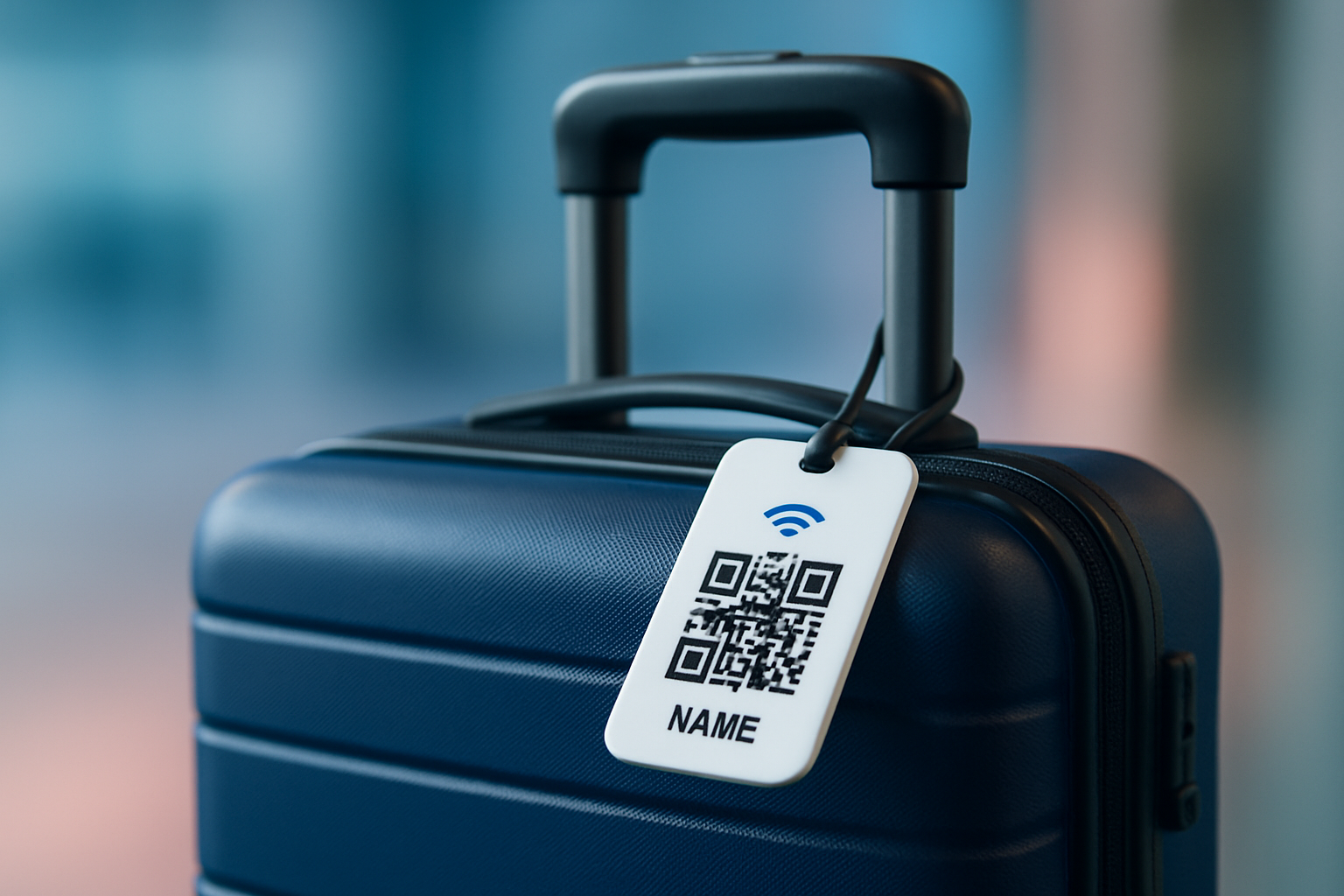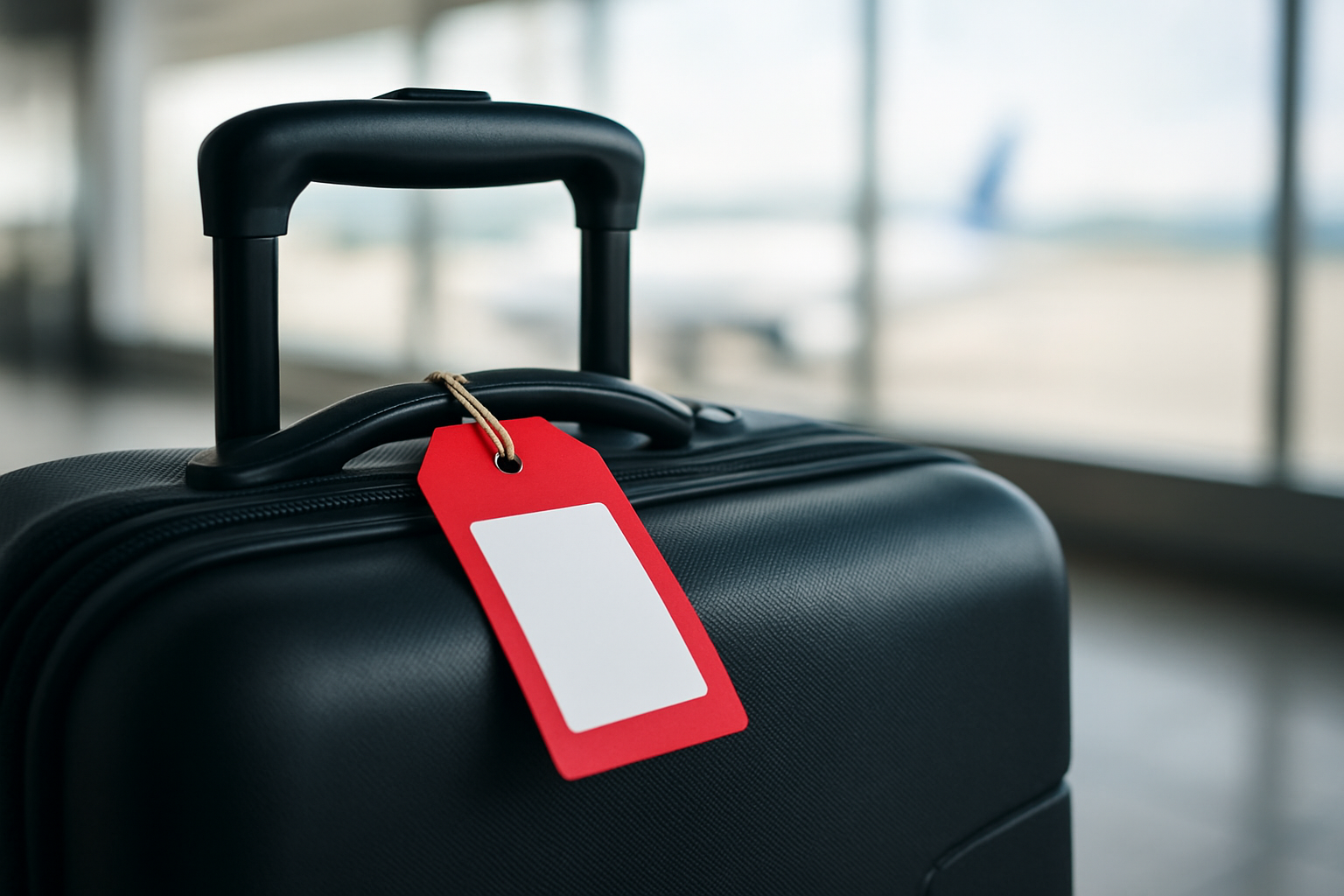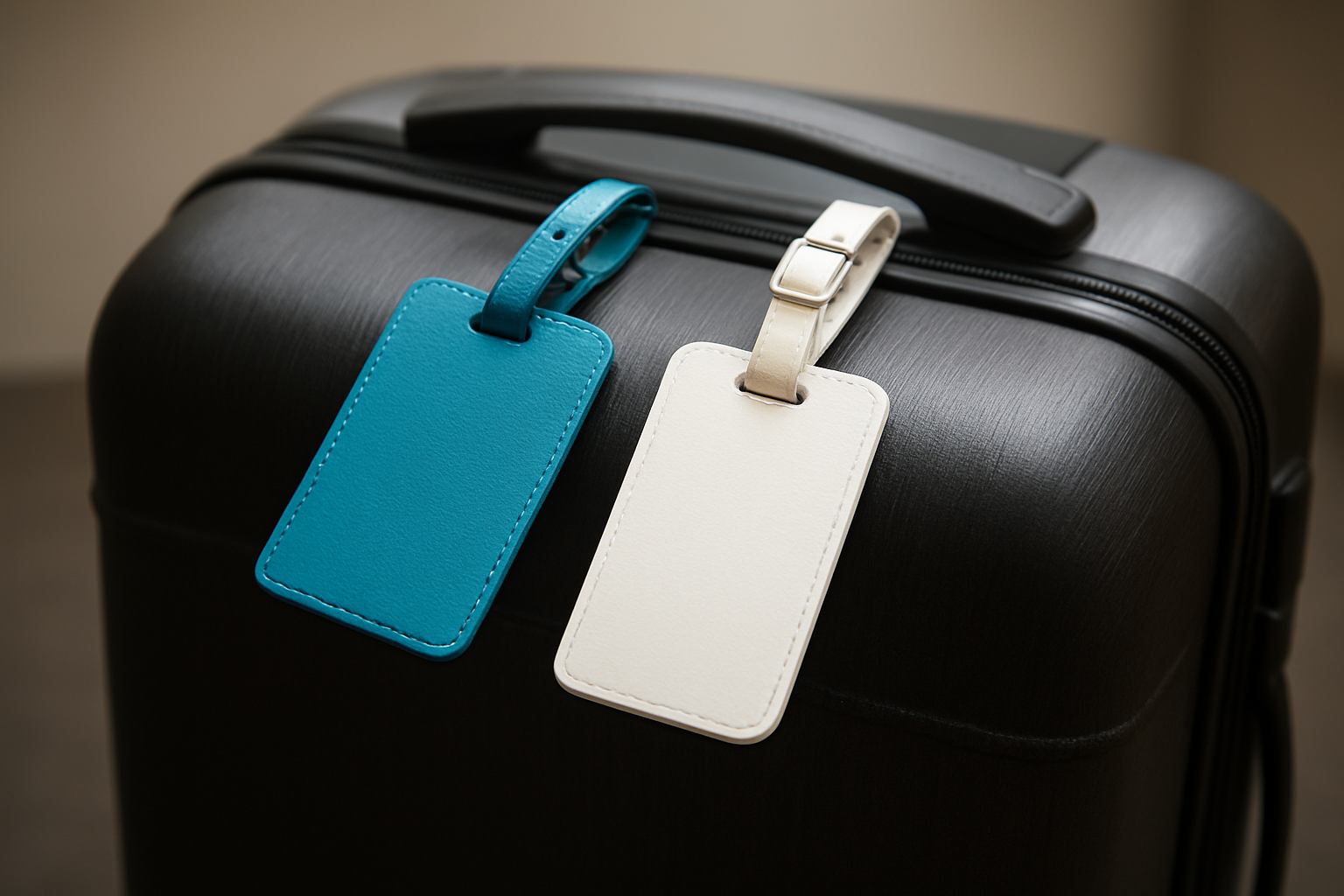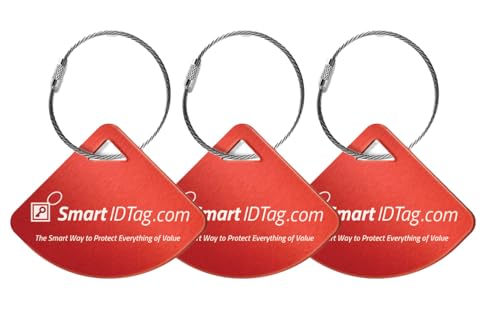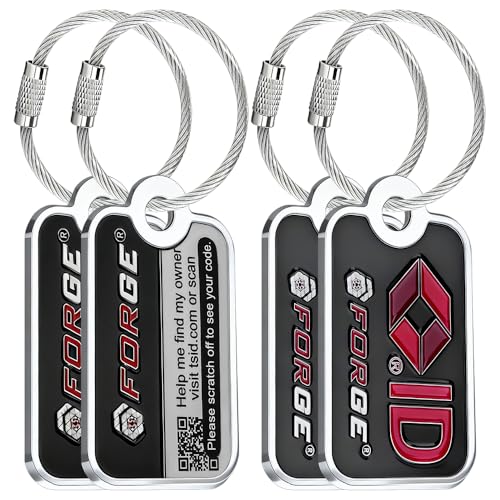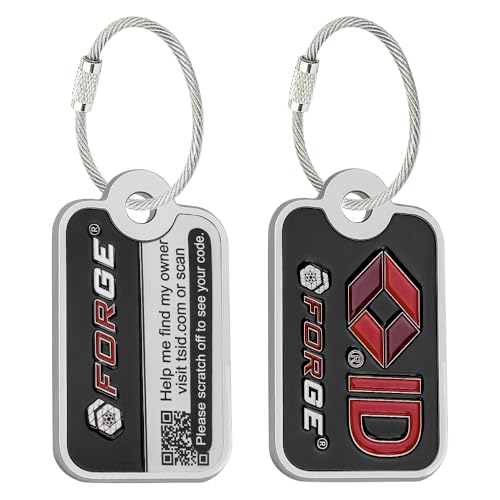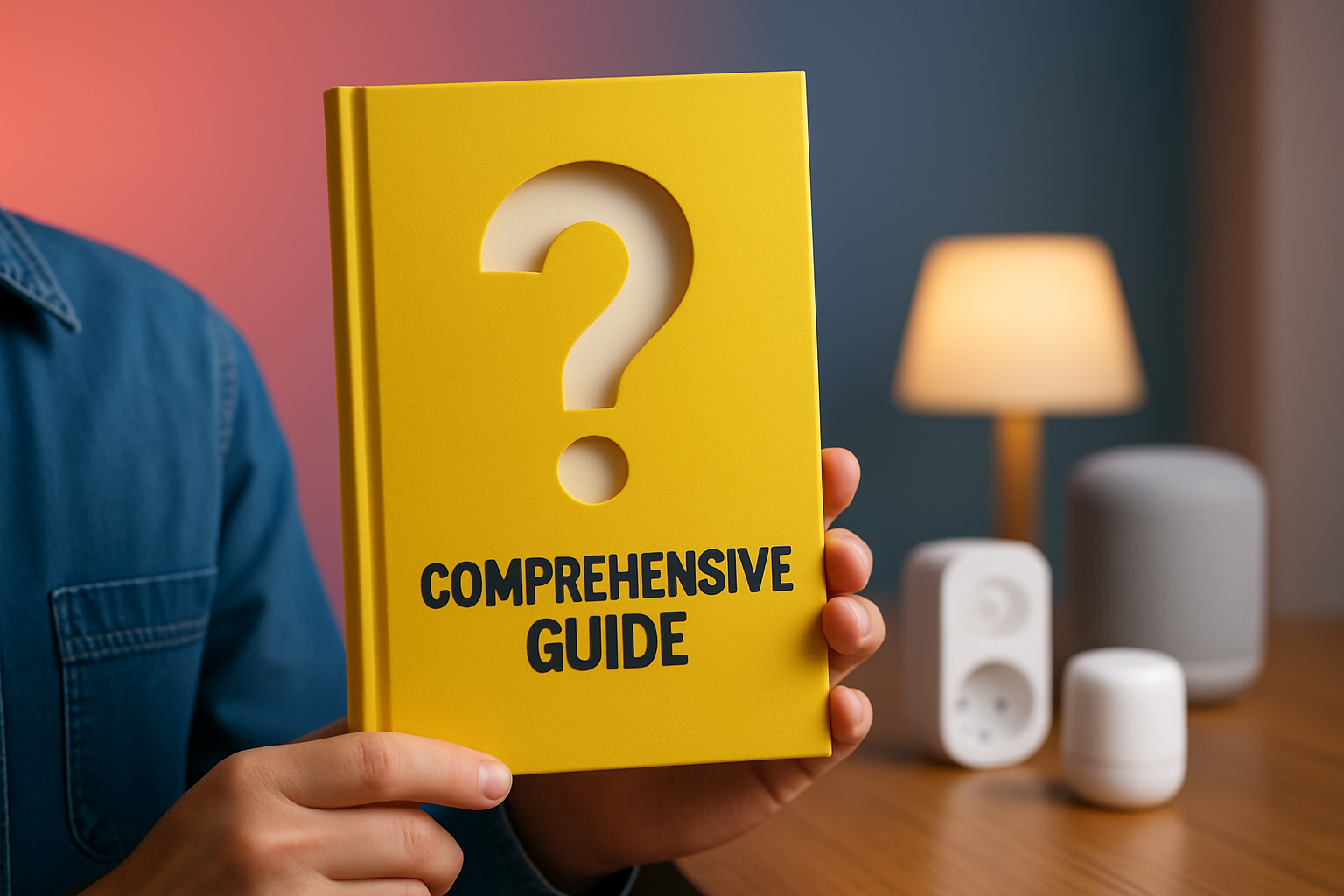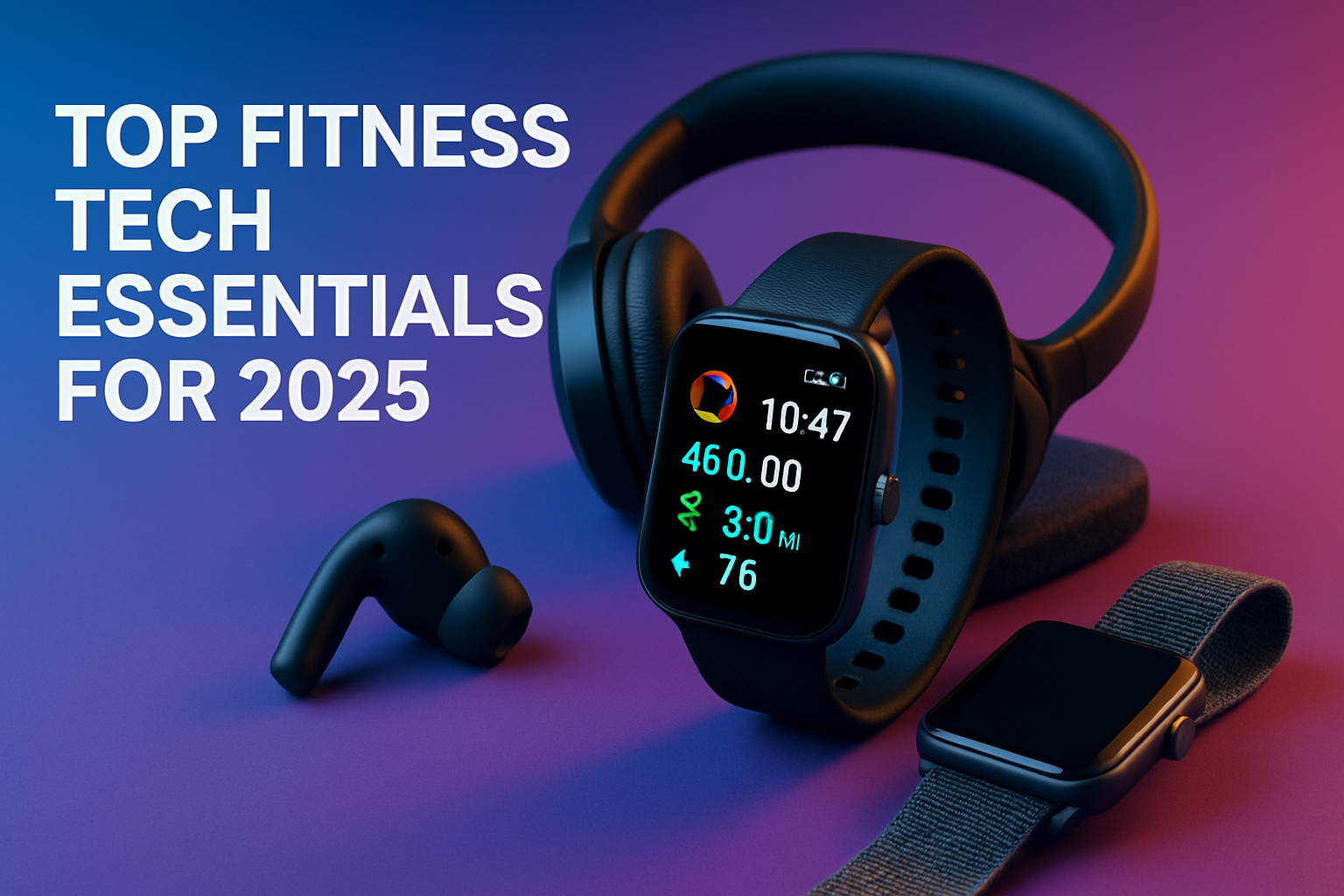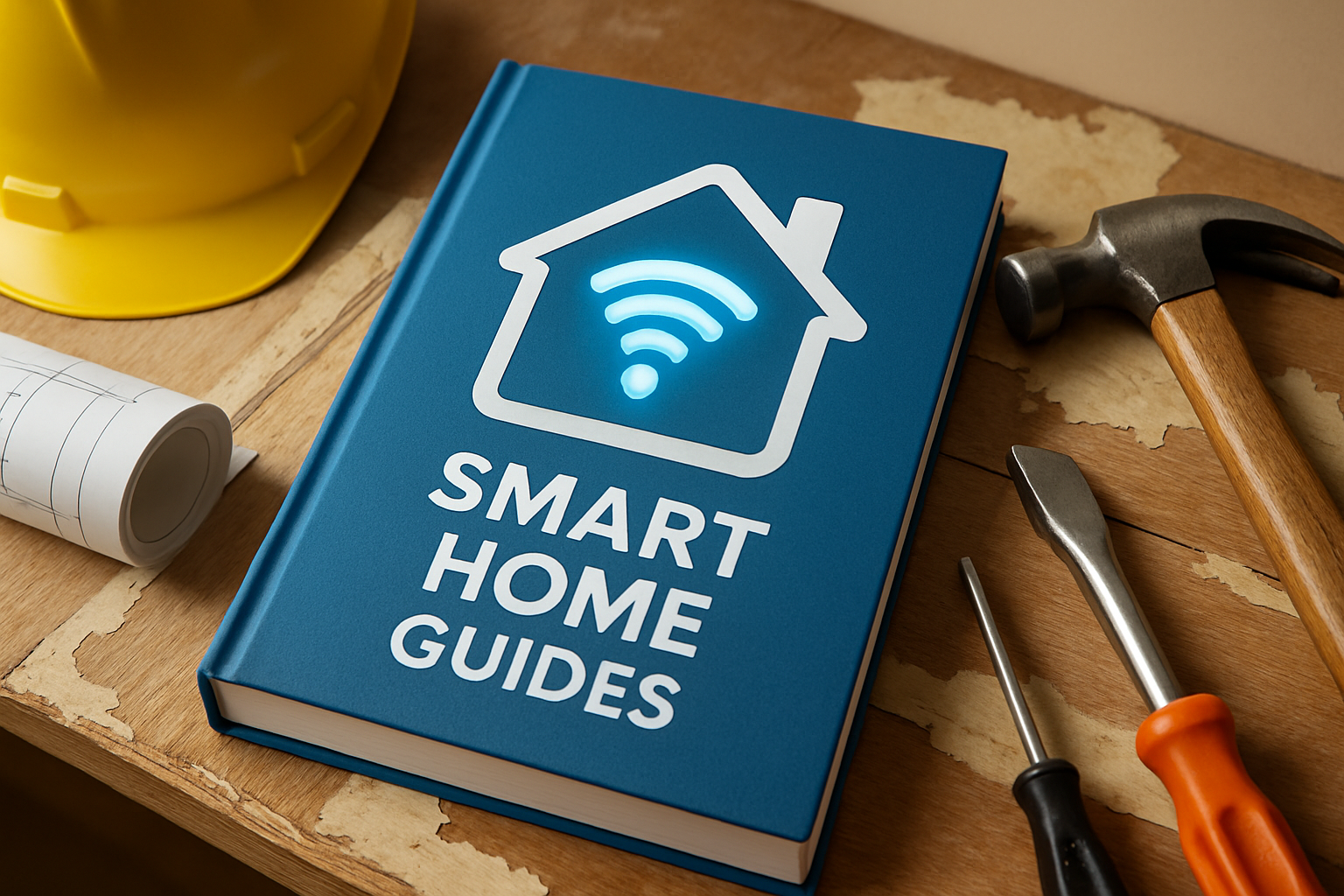Lost bags used to be an unavoidable stressor of air travel, but smart luggage tags are rewriting the script for 2025. These upgraded identifiers combine simple visible details with discreet digital features that help you locate your bag, share contact info securely, and even receive alerts the moment your suitcase leaves the carousel. As airports become busier and connections tighter, small wins add up quickly. That is why luggage tags with intelligent features are becoming essential gear for adults and tech‑savvy travelers who love smart home convenience and fitness technology in daily life. At High Tech Reviews, we decode the jargon, test the usability, and translate specs into plain-English benefits so you can choose confidently without wading through scattered opinions.
Smart Luggage Tags Explained: The 2025 Snapshot
What actually makes a tag “smart” in 2025? Today’s devices typically blend a durable physical tag with one or more digital layers: a scannable QR (Quick Response) code that links to a secure profile, near-contact tap support through NFC (Near Field Communication), proximity tracking via Bluetooth Low Energy, precision finding through UWB (Ultra-Wideband), or continent-spanning location capability using GPS (Global Positioning System) with eSIM (embedded Subscriber Identity Module). Some models keep it simple and battery-free, while others add speakers, motion sensors, and geofencing alerts. The result is a bridge between the analog bag world and your mobile phone, reducing friction when your itinerary gets complicated or a connection forces you to check a last-minute carry-on.
Security and convenience are more than buzzwords. Independent aviation data suggests the global mishandled-bag rate still hovers near seven per 1,000 bags, reminding us that even modern baggage systems are not infallible. Smart tags help close that gap by making you discoverable to honest finders and enabling location cues that accelerate recovery. The technology also streamlines everyday moments. Want to verify that your suitcase is on the carousel before you rush over? Curious which bag is yours among a dozen lookalikes? With a quick scan or proximity ping, you can confirm in seconds and move with more confidence.
How Smart Luggage Tags Work in 2025
Under the hood, smart tags follow a simple flow. If someone scans a QR (Quick Response) code or taps NFC (Near Field Communication), they are directed to a secure, privacy-controlled page with your chosen contact method, not your full identity. If you enable proximity features, Bluetooth Low Energy broadcasts allow your phone to detect the tag within a short range, sometimes with direction cues when UWB (Ultra-Wideband) is present. For long-distance travel or baggage mishaps across countries, GPS (Global Positioning System) with eSIM (embedded Subscriber Identity Module) can report periodic location updates to the cloud, which you view in a mobile app. All of this is complemented by simple—but critical—design choices like robust straps, tamper-resistant enclosures, and readable printed info as a fallback.
Connectivity options matter because airports are noisy radio environments filled with metal, moving belts, and signal-reflecting surfaces. Bluetooth Low Energy excels for nearby finding, while phone-based crowd networks can help surface a tag’s last-seen location in busy cities. GPS (Global Positioning System) with embedded Subscriber Identity Module shines when your bag is far away and outside terminal buildings long enough to get a satellite fix. Battery demands vary widely, so think about your routes, layovers, and whether you prefer the simplicity of a battery-free QR (Quick Response) and NFC (Near Field Communication) tag. Not sure which to choose? The matrix below maps common options to strengths and trade-offs without pushing you toward any one brand.
| Smart Tag Approach | How It Connects | Range or Recovery | Power | Ongoing Costs | Best Use Case | Privacy Notes |
|---|---|---|---|---|---|---|
| QR (Quick Response) code only | Camera scan to secure profile | Finder-driven recovery | No battery | None | Minimalists, budget-friendly backup | Share limited contact; hide address |
| NFC (Near Field Communication) + QR (Quick Response) | Tap or scan with smartphone | Finder-driven recovery | No battery | None | Fast info exchange at airports | Good for privacy; uses masked links |
| Bluetooth Low Energy proximity | Phone detects nearby tag | Typically up to room-lengths | Coin cell battery | None | Carousel pickup, hotel rooms, short-range locating | Broadcasts random IDs, not names |
| UWB (Ultra-Wideband) + Bluetooth Low Energy | Precision direction + proximity | Room-level with direction arrow | Coin cell battery | None | Pinpoint locating in crowded areas | Rotating identifiers enhance anonymity |
| GPS (Global Positioning System) with eSIM (embedded Subscriber Identity Module) | Cellular + satellite updates | City to cross-border tracking | Rechargeable battery | Likely subscription | Long-haul, high-value items, irregular routes | Use consented sharing and secure portals |
Security and Privacy: What Matters Before You Fly
Your identity deserves protection, even when you are just trying to get a bag back. Look for tags and companion apps that let you minimize exposed data by sharing a masked link or relay phone rather than your full name and address. Features like two-factor authentication, often called 2FA (Two-Factor Authentication), and the ability to revoke a public profile with one tap are extremely valuable if a tag is lost or stolen. Regionally, major privacy frameworks such as GDPR (General Data Protection Regulation) and CCPA (California Consumer Privacy Act) influence how providers handle your data, so check for clear policies and transparent dashboards. A strong tag pairs practical durability with security-first software that treats your information like currency.
Physical security matters too. A smart tag is only as good as its attachment method and shell. Prefer steel loops or reinforced straps over thin rubber that can shear during handling. If you travel internationally, you may want an option that hides printed details by default and only reveals them with a scan or tap. Finally, consider how the device behaves on aircraft. Most proximity and precision systems are quiet passengers, but cellular-based trackers should respect airline guidance by disabling radios mid-flight. Good design makes these choices obvious and swift, so you can board with confidence rather than fiddling with settings.
- Share the minimum: use a relay email or masked number instead of home address.
- Enable 2FA (Two-Factor Authentication) for your tag account and app.
- Set a “lost mode” that shows a reward note without exposing identity.
- Choose sturdy straps and tamper-resistant housings to survive baggage belts.
- Review data retention and deletion options before your first trip.
Real-World Wins: Use Cases You Can Recreate Today
A weekend traveler misconnects at a busy hub and arrives without a checked duffel. Because the tag’s public profile shows a masked contact and a simple message, a baggage team member scans the QR (Quick Response) code and reaches the traveler without seeing a home address. Meanwhile, a proximity ping at the destination confirms the bag is still at the origin terminal. Within 24 hours, courier delivery is arranged. Scenarios like this are reported frequently by users and airport staff, and they align with industry observations that faster owner contact shortens resolution time by hours or even days.
Families benefit too. Imagine a parent flying with two kids, each with a rolling carry-on that may get gate-checked on a full flight. A tap-friendly NFC (Near Field Communication) and QR (Quick Response) tag lets airline staff instantly access a travel-safe contact while the parent uses Bluetooth Low Energy proximity to confirm each bag made it onto the carousel. For adventure travelers carrying camera equipment or medical devices, GPS (Global Positioning System) with eSIM (embedded Subscriber Identity Module) offers peace of mind between remote airports where crowd-based finding is thin. Different needs, same result: better information when it matters most.
- Before departure: finalize a privacy-controlled profile and test one scan or tap.
- At check-in: snap a quick photo of your bag and tag in case you file a claim.
- In transit: if you use cellular tracking, set update intervals to conserve battery.
- At baggage claim: use proximity finding to verify your suitcase before approaching the belt.
- If delayed: share the public link with the baggage office instead of personal details.
Luggage Tags Buying Guide: Which Features Are Worth Your Money?
Start with your travel pattern. If you mostly fly nonstops with carry-ons and want simple identification, a QR (Quick Response) and NFC (Near Field Communication) tag can be a zero-maintenance win. If you check bags often or connect through crowded hubs, Bluetooth Low Energy proximity and, if your phone supports it, UWB (Ultra-Wideband) precision can help you navigate the carousel and hotel rooms efficiently. For cross-border itineraries or high-value cargo, GPS (Global Positioning System) with eSIM (embedded Subscriber Identity Module) shines, but plan for subscription costs and charging. High Tech Reviews evaluates these paths through hands-on usability testing, measuring set-up time, signal reliability in real terminals, and the clarity of app alerts so you are paying for outcomes, not buzzwords.
What does expert testing look like in practice? Our editors at High Tech Reviews check strap durability with repeated stress pulls, measure audio levels of built-in speakers in noisy areas, and log battery life over weeks of normal travel. We also assess privacy controls by attempting to share, revoke, and reissue public links, and we explore accessibility options like large-type instructions and high-contrast printing. Because consumers often struggle to find reliable information, we translate all those findings into practical guidance you can act on today, not just lab metrics or marketing promises.
| Traveler Profile | Must‑Have Features | Nice‑to‑Have | Why It Matters |
|---|---|---|---|
| Business Traveler | Bluetooth Low Energy proximity, masked contact profile | UWB (Ultra-Wideband) precision, geofencing alert | Quick pickups, discreet identity, smooth connections |
| Family Vacation | NFC (Near Field Communication) + QR (Quick Response), shareable recovery link | Multi-bag dashboard, color-coded tags | Fast staff scans, easy management across multiple bags |
| Adventure or Photo Gear | GPS (Global Positioning System) with eSIM (embedded Subscriber Identity Module) | Motion alerts, waterproof housing | Long-distance visibility between remote connections |
| Minimalist Carry-On | QR (Quick Response) only with privacy controls | Bluetooth Low Energy beeper | Zero maintenance, quick identification if gate-checked |
| Accessibility Focused | High-contrast printing, clear audio cues | Voice prompts in app, large-type recovery message | Inclusive design for varied sensory needs |
Setup and Best Practices for Fewer Headaches
Small steps at home save big time at the airport. Begin by completing a privacy-controlled public profile that reveals only what a finder needs to contact you. Add a relay email and a region-appropriate phone number that you can change later without reprinting. If your tag supports Bluetooth Low Energy or UWB (Ultra-Wideband), pair it with your phone and run a test in your living room so you learn the sounds and visuals before you are jet-lagged. For GPS (Global Positioning System) with eSIM (embedded Subscriber Identity Module), set a conservative update interval and give the device a full charge the night before you fly.
Next, prepare for edge cases. Pack a simple backup card inside your suitcase with a travel-safe email, but avoid sensitive information like a full home address. Consider a small reward note on your tag’s profile to thank honest finders. If you are privacy-conscious, use a nickname on the tag and keep identifying details off the exterior. Finally, schedule a reminder after each trip to check battery levels, tighten attachment hardware, and review your trip history. Treating your tag like a tiny travel tool, not a one-time accessory, keeps performance consistent month after month.
- Finish your digital profile with masked contact, not full identity.
- Test one scan, one tap, and one nearby locate before leaving home.
- Charge cellular trackers and set update intervals to balance battery and visibility.
- Place the tag where belts and handlers are less likely to snag it.
- Review alert sounds and choose tones you will notice in noisy spaces.
How High Tech Reviews Helps You Choose the Right Tag
High Tech Reviews exists to remove guesswork. We deliver in-depth gadget reviews and comparisons that explain how different smart features translate into everyday wins, whether you want carousel clarity, long-distance visibility, or privacy-first recovery. Our experts provide commentary on trending tools, build comprehensive guides that make sense of smart home and fitness ecosystems, and curate travel and lifestyle accessories that align with modern design. If you have ever felt overwhelmed by scattered opinions and short spec sheets, our product highlights and recommendations bring order and confidence to your shopping list.
Beyond individual write-ups, we assemble practical buyer frameworks. You will find checklists that map features to traveler profiles, maintenance timelines you can copy into your calendar, and scenario-based tutorials for complicated itineraries. The website provides expert reviews, product highlights, and curated recommendations that help users make informed purchasing decisions and discover the best technology solutions. With that context, you can select luggage tags that match your routes, your privacy comfort level, and your budget without sifting through contradictory commentary.
What to Watch Next: Trends Shaping Smart Travel
Innovation in tags mirrors broader connected-device trends. Expect better battery chemistry for proximity tags, growing airport acceptance of scan-to-contact flows, and improved indoor location techniques that rely less on loud beepers and more on precise direction cues. We are also seeing early integrations with travel apps for itinerary-aware alerts, like reminding you to enable flight-safe mode or prompting a safety check when your bag leaves a geofence unexpectedly. As regulation evolves, providers are building clearer consent controls, audit logs, and one-tap data deletion, making smart tags safer for everyone, not just experts.
Looking slightly beyond 2025, sustainability and repairability are also in focus. More tags will ship with replaceable batteries and recyclable materials, while premium options experiment with modular designs to extend life span. Expect smoother cross-border coverage for cellular trackers as embedded Subscriber Identity Module plans become simpler and more transparent. Through it all, High Tech Reviews will continue testing, documenting, and teaching, so you get practical guidance and avoid paying for features you will never use.
Final thoughts. Smart luggage tags transform travel by blending durable design with intelligent, privacy-aware technology that helps you find bags faster and share contact details safely. In the next 12 months, better batteries, clearer consent tools, and richer app integrations will make these tags feel as natural as tapping to pay. What level of reassurance do you want from your gear on the road, and which mix of features will earn a permanent spot on your handles and zippers?
Additional Resources
Explore these authoritative resources to dive deeper into luggage tags.
Upgrade Travel Security with High Tech Reviews
Through in-depth gadget reviews and comparisons, the website provides expert reviews, product highlights, and curated recommendations that help users make informed purchasing decisions and discover the best technology solutions.

